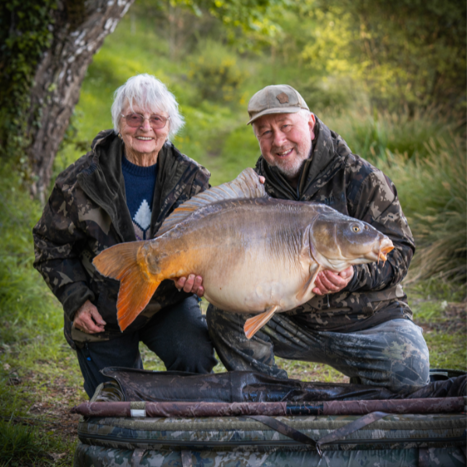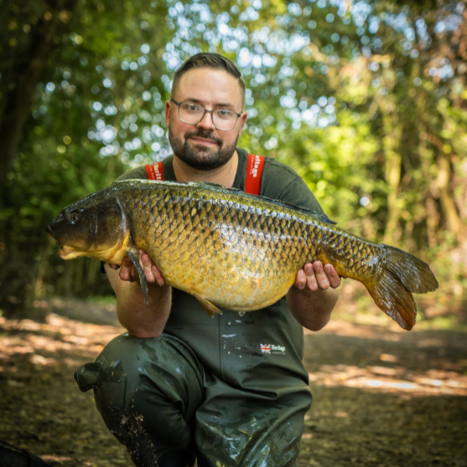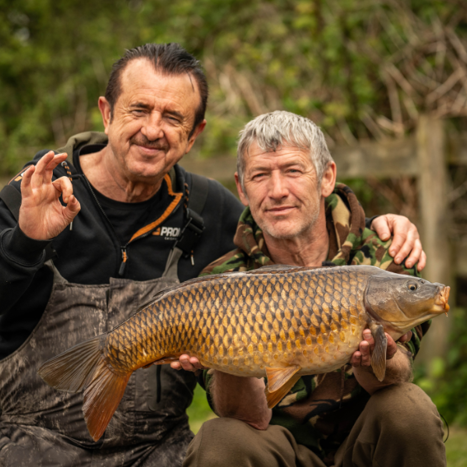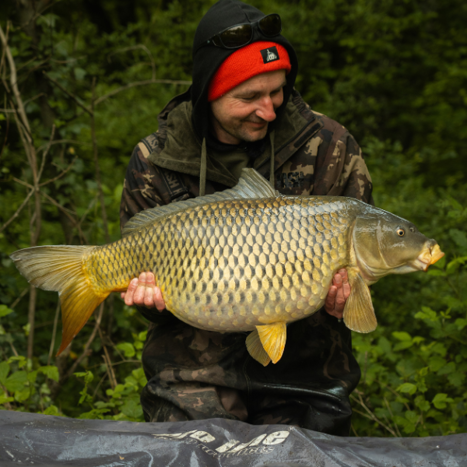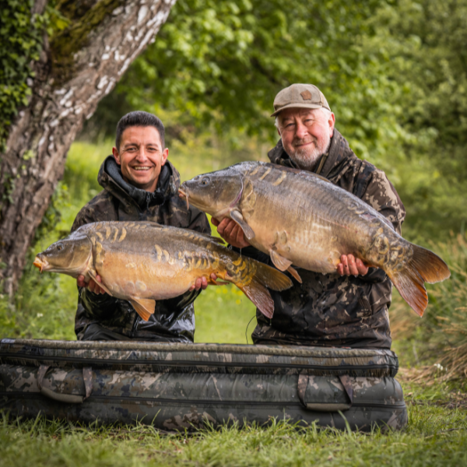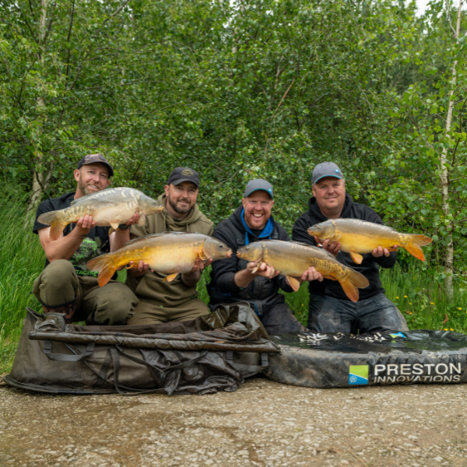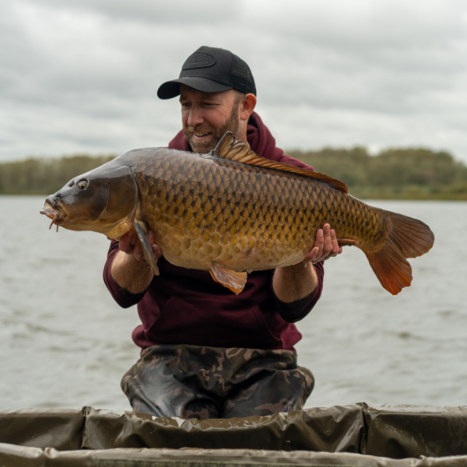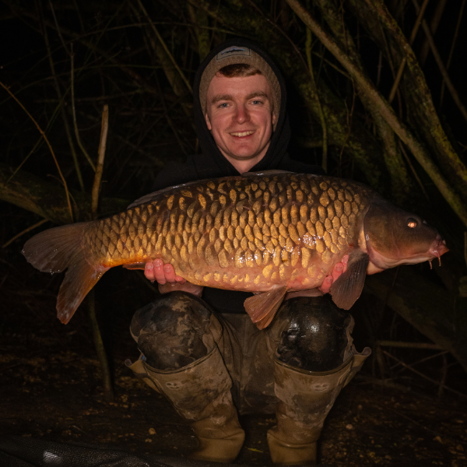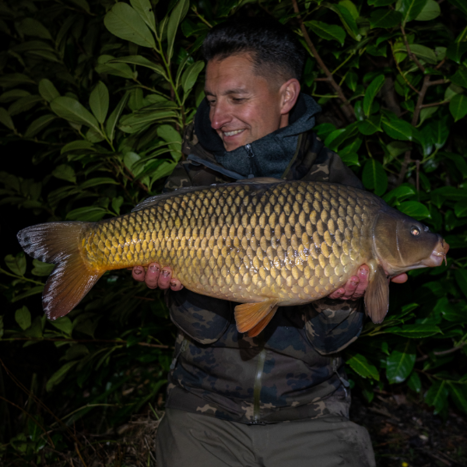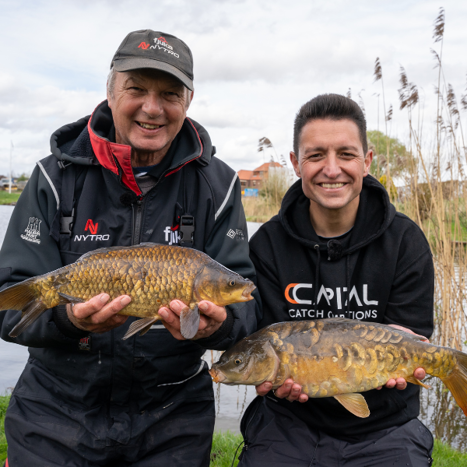
Understanding UK Carp Fishing Regulations: What You Need to Know
Carp fishing in the UK is a beloved pastime for many anglers, offering both relaxation and the thrill of the catch. However, to ensure the sustainability of carp populations and the overall health of aquatic ecosystems, several regulations and guidelines have been established. Understanding these regulations is crucial for anyone engaging in carp fishing in the UK.
This comprehensive guide will cover everything you need to know about UK carp fishing regulations, from licences and permits to specific rules for different types of water bodies.
1. Fishing Licences
Environment Agency Rod Licence
To legally fish for carp (or any freshwater fish) in England, Wales, and the Border Esk region of Scotland, anglers aged 13 or over must possess a valid Environment Agency rod licence. There are two types of licences available:
1-day, 8-day, and 12-month licences: These licences cater to various fishing frequencies. An annual licence is recommended for regular anglers, while short-term licences are suitable for occasional fishing trips.
Full and concessionary licences: Concessionary licences are available at reduced rates for juniors (ages 13-16), seniors (over 65), and disabled anglers.
How to Purchase a Licence
Rod licences can be purchased online via the Environment Agency’s website, at Post Offices, or by phone. It's essential to carry your licence with you while fishing, as fisheries enforcement officers can request to see it at any time.
2. Fishing Permits
In addition to a rod licence, you may need a fishing permit to fish in specific waters. Permits are typically required for private lakes, reservoirs, and certain stretches of rivers and canals. These permits can be obtained from:
Fishing clubs and syndicates: Many waters are managed by local fishing clubs or syndicates. Membership fees and regulations vary, so it's best to contact the club directly for details.
Commercial fisheries: Day tickets or longer-term permits can be purchased from commercial fisheries, often available online or at the fishery.
Local councils: Some council-managed waters require permits, which can usually be purchased from the council’s website or office.
3. Close Seasons
The close season is a period during which fishing for certain species is prohibited to protect fish during their spawning times. For coarse fishing (which includes carp), the regulations are as follows:
Rivers, streams, and drains: The close season runs from 15 March to 15 June inclusive. Fishing for coarse fish, including carp, is not allowed during this period.
Stillwaters and canals: There is no statutory close season for carp on stillwaters and canals. However, some privately managed waters may impose their own close seasons, so always check the specific rules of the water you're fishing.
4. Fishing Methods and Tackle Regulations
Number of Rods
The number of rods you can use depends on the type of licence you hold:
1-rod licence: Allows the use of one rod.
2-rod licence: Allows the use of up to two rods.
3-rod licence: For those wanting to use three or four rods, two separate 2-rod licences are required.
Bait and Groundbait
There are no national restrictions on the types of bait you can use for carp fishing, but some fisheries may have specific rules. Commonly used baits include boilies, pellets, sweetcorn, and bread. Groundbaiting is generally allowed, but again, check specific fishery rules as excessive groundbaiting can be discouraged to maintain water quality.
Fish Care
Some fisheries may require the use of barbless hooks. It's also good practice to use appropriate tackle to ensure fish are not overly stressed during capture:
Unhooking mats: Essential for protecting carp when handling and unhooking.
Weigh slings: Used for weighing fish without causing harm.
Fish care kits: Antiseptic treatments to apply to hook wounds before releasing fish.
5. Catch and Release Practices
Catch and release is a common practice in carp fishing to ensure the sustainability of fish populations. Key guidelines include:
Handle fish with wet hands: This helps to protect the fish’s slime coat.
Minimise time out of water: Keep the fish out of water for as short a time as possible.
Support the fish properly: Use both hands to support the fish, especially larger specimens.
Revive fish before release: Hold the fish in the water facing away from the bank until it swims away strongly.
6. Fishery Rules and Regulations
Each fishery may have its own set of rules, so it's important to familiarise yourself with them before fishing. Common regulations include:
Fishing hours: Some fisheries have specific opening and closing times.
Night fishing: Check if night fishing is allowed and if any additional permits are required.
Bait restrictions: Some fisheries restrict the use of certain baits to maintain water quality.
Boating and bait boats: Not all fisheries allow the use of boats or bait boats, so check the rules beforehand.
7. Invasive Species and Biosecurity
Invasive species pose a significant threat to native fish populations and aquatic ecosystems. To prevent the spread of invasive species and diseases:
Check, Clean, Dry: Follow the Check, Clean, Dry protocol for all fishing equipment and clothing after each fishing trip. This involves checking for plant material and organisms, cleaning and disinfecting all equipment, and thoroughly drying everything before using it in a different water body.
Report sightings: If you spot any invasive species, report them to the Environment Agency or local fishery managers.
8. Environmental Responsibility
Anglers play a vital role in protecting the environment. Here are some key practices to follow:
Dispose of litter responsibly: Take all litter, including fishing line and bait packaging, with you. Use designated bins if provided.
Respect wildlife: Avoid disturbing wildlife and nesting birds. Keep noise levels low and maintain a safe distance from animals.
Protect habitats: Be mindful of sensitive habitats, such as reed beds and spawning grounds, and avoid trampling vegetation.
9. Fishing Competitions and Events
Carp fishing competitions and events are popular across the UK, offering opportunities to test your skills and meet other anglers. Regulations for competitions often include specific rules regarding fish handling, tackle, and bait. Always ensure you understand and comply with these rules to participate responsibly.
10. Education and Resources
Staying informed about fishing regulations and best practices is essential for responsible angling. Here are some resources:
Environment Agency website: Up-to-date information on licences, regulations, and environmental initiatives.
Angling clubs and associations: Many provide educational resources, workshops, and events.
Understanding and adhering to UK carp fishing regulations is crucial for the preservation of fish populations and aquatic environments. By following the guidelines on licences, permits, fishing methods, and environmental responsibility, anglers can enjoy their sport while contributing to the sustainability of the ecosystem. Whether you're a seasoned carp angler or new to the sport, staying informed and practising responsible fishing will ensure that carp fishing in the UK remains a cherished activity for generations to come.
